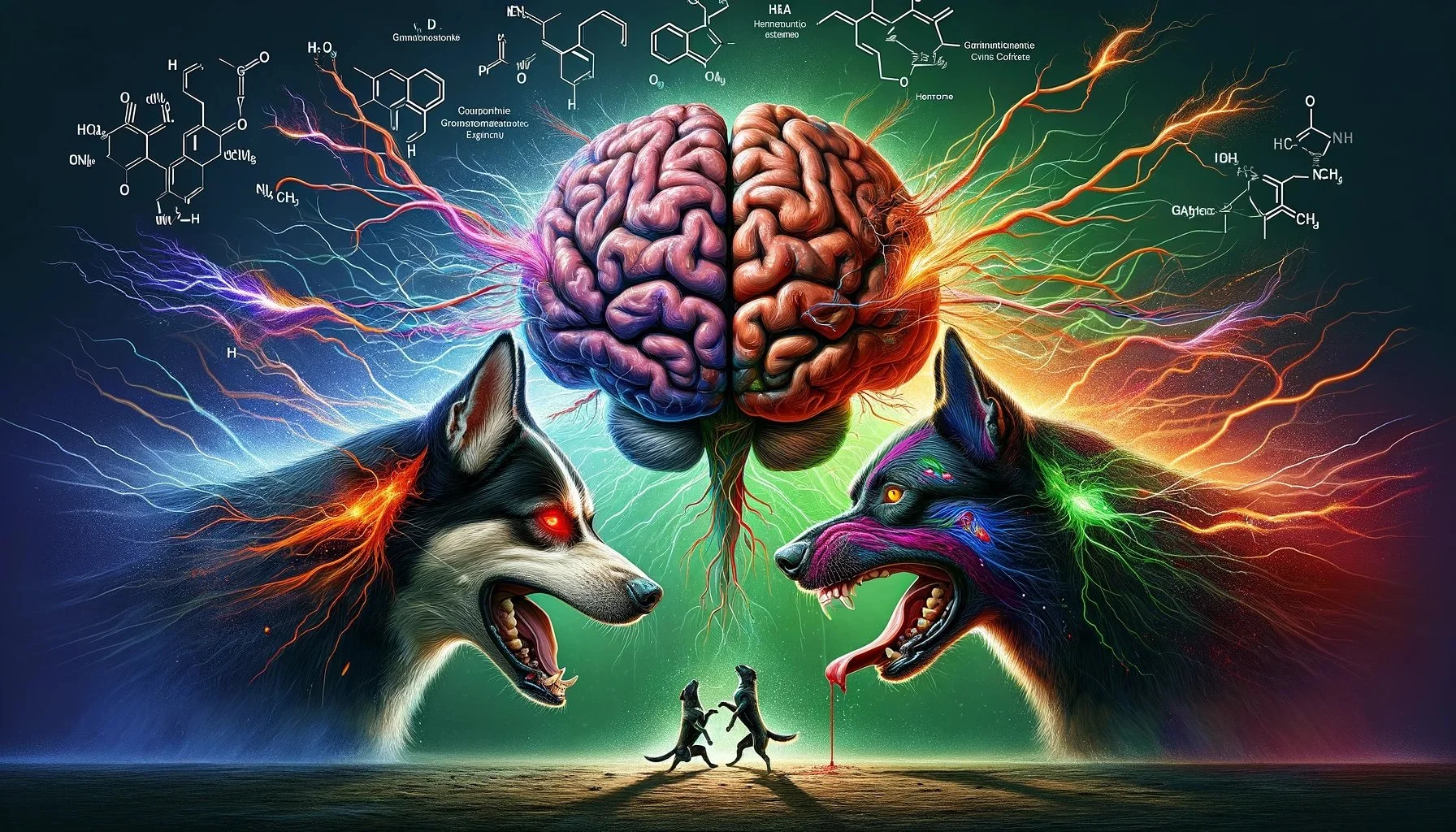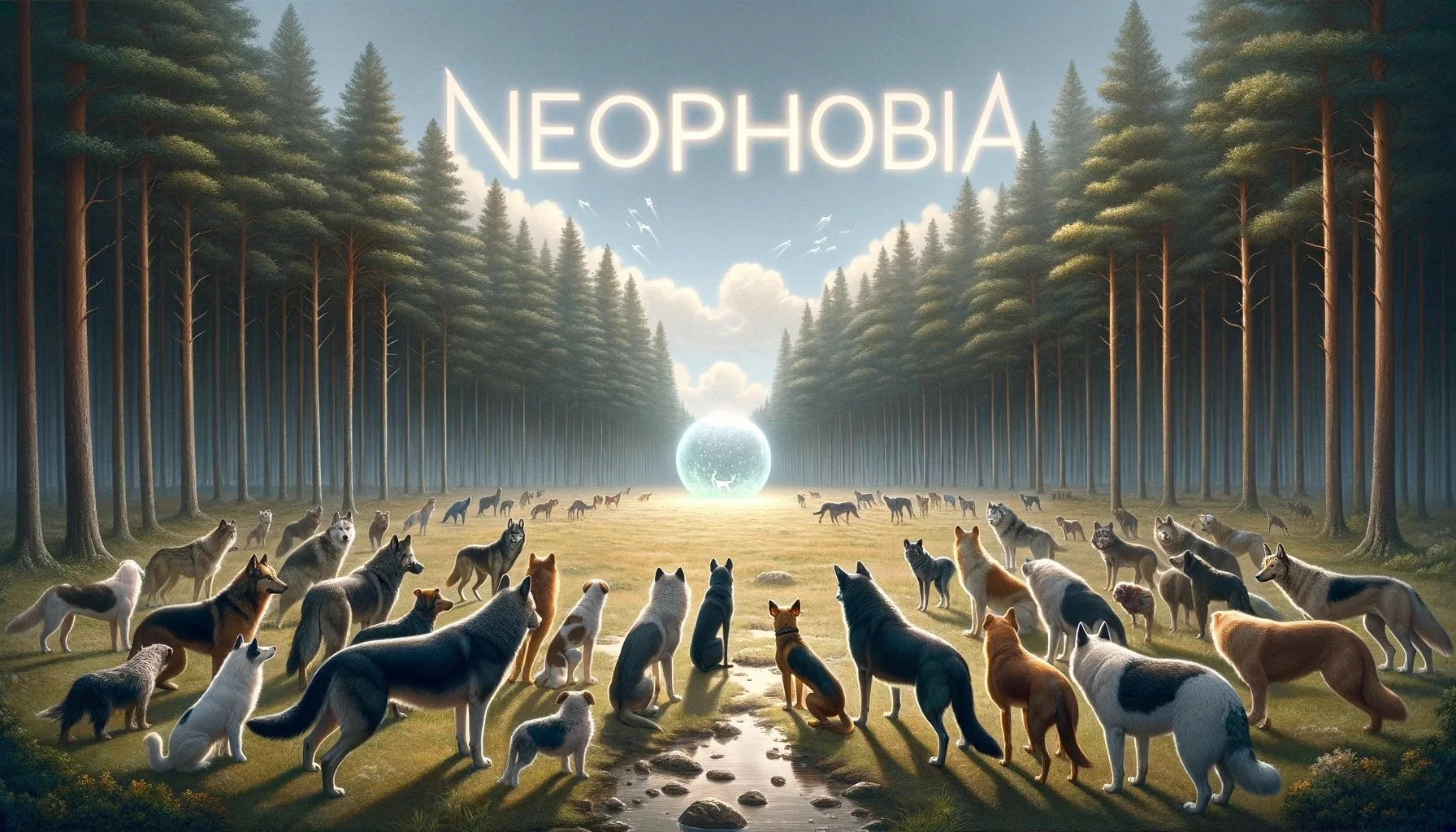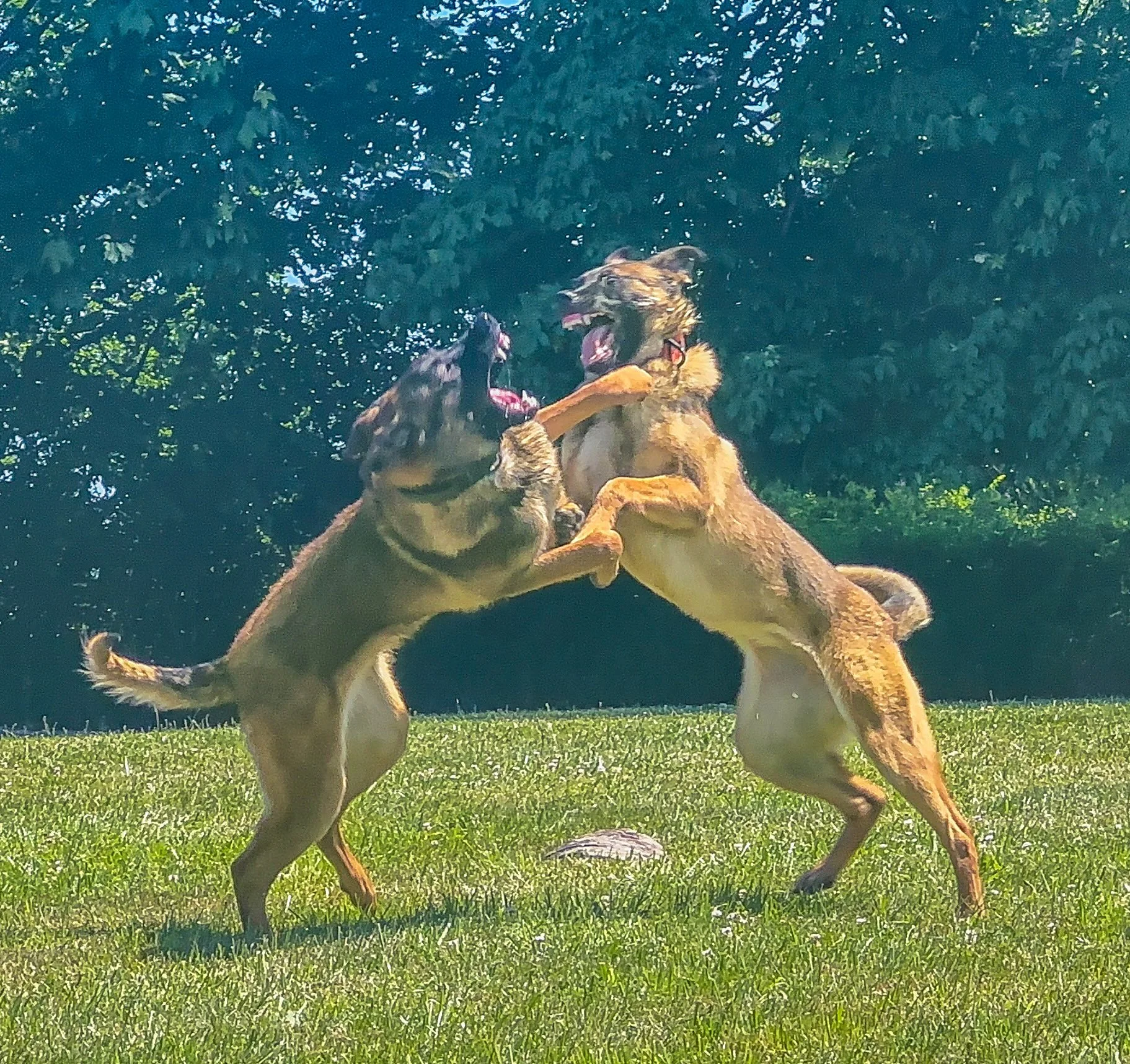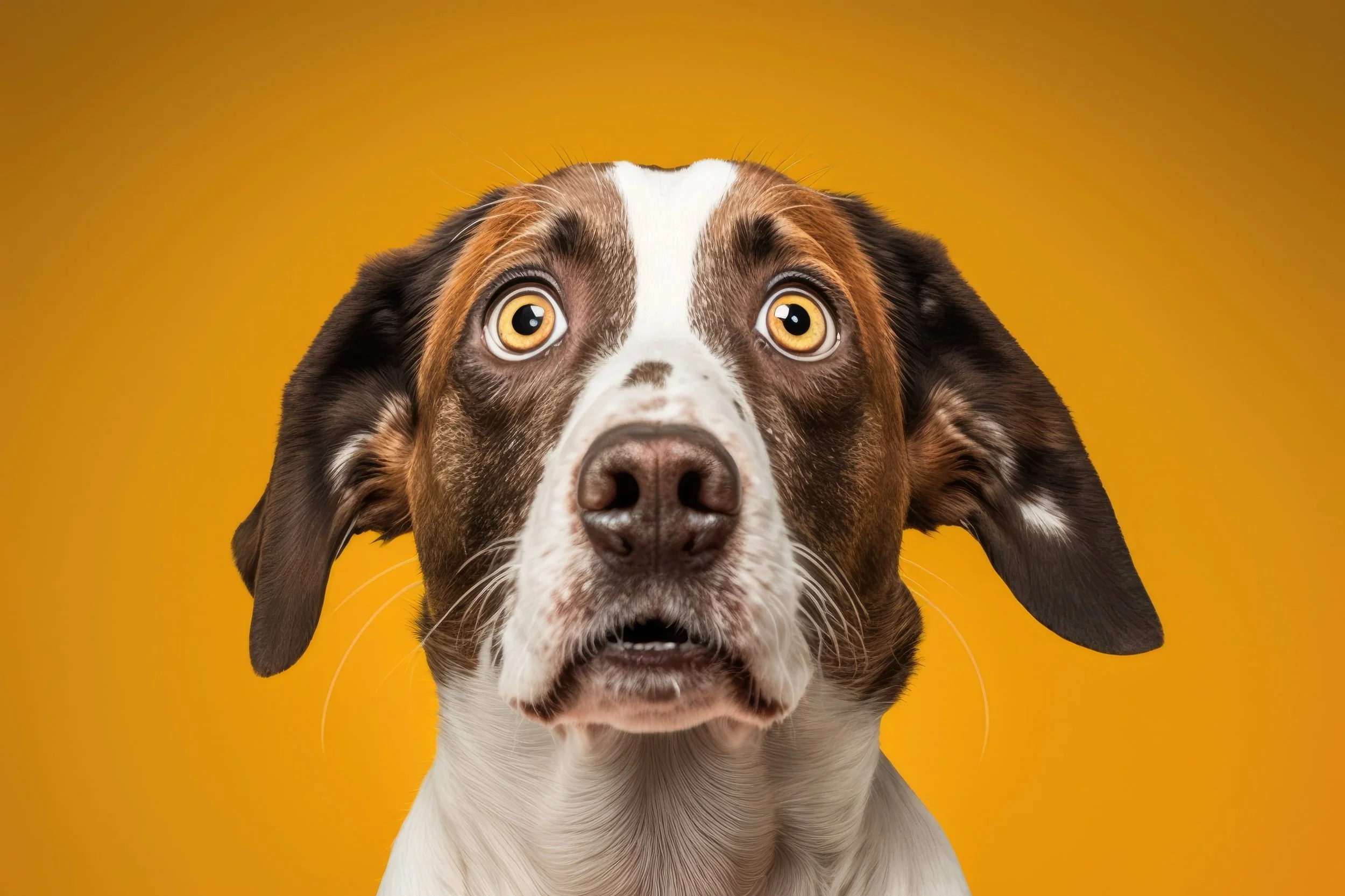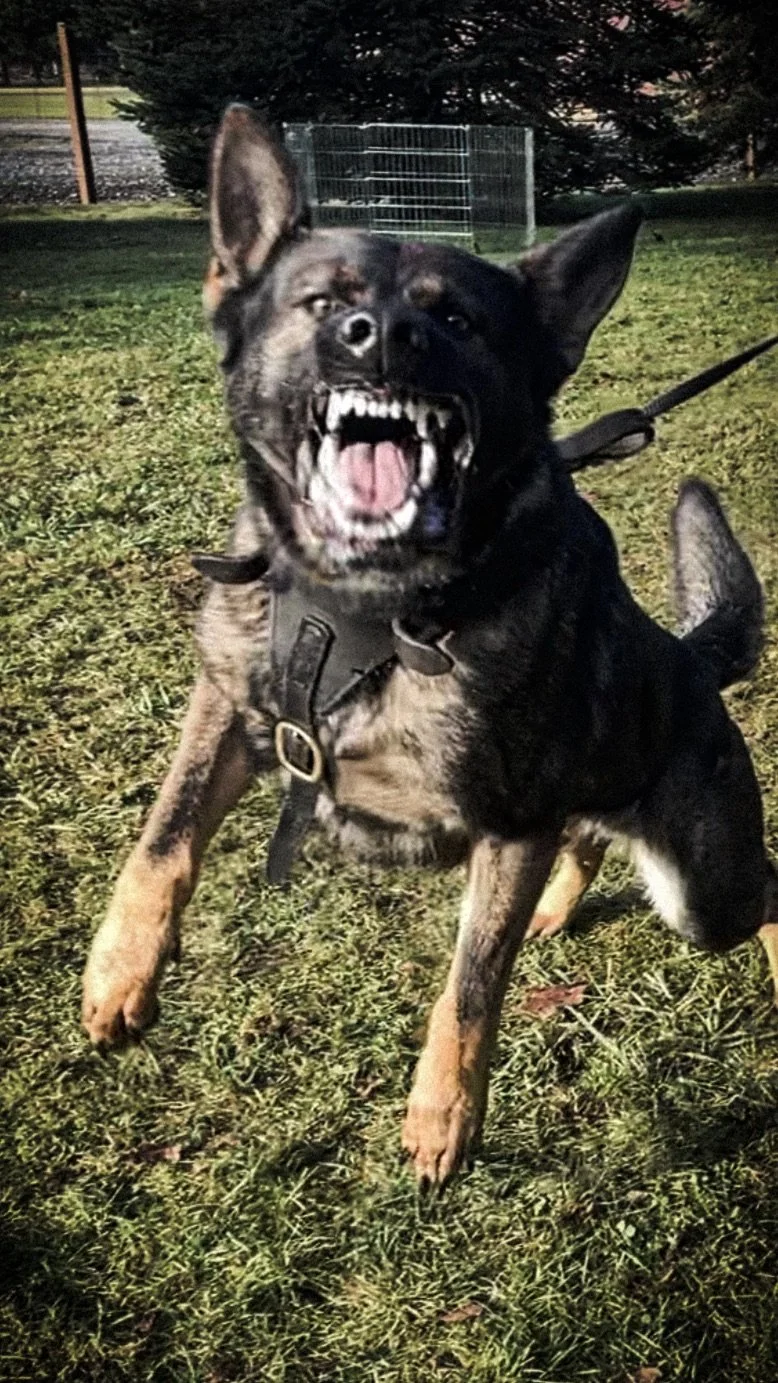In this article, I explain the intriguing dynamics of canine neophobia and its 'light switch' phenomenon, where dogs can suddenly show fear responses toward new or unfamiliar stimuli. This abrupt shift in behavior offers a window into the fascinating realm of animal psychology, illustrating the evolutionary survival strategies and the impact of domestication. Our exploration seeks to unravel the intricate relationship between a dog's genetic makeup and its environment, aiming to enhance our academic knowledge and offer practical advice for dog owners and trainers to manage these behaviors more effectively.
Additionally, we delve into the behavioral differences between domestic dogs and their wolf ancestors to understand how domestication and human selection have shaped the expression of neophobia. The immediate nature of the 'light switch' effect in canines provides a compelling perspective on the evolutionary purpose of fear and how these responses have evolved through the process of domestication. By investigating these aspects, readers will discover the significance of early socialization, the influence of genetics, and the possibilities for behavior modification in addressing the challenges posed by neophobia in dogs. This article is designed to connect scientific insights with practical solutions, encouraging a more empathetic and knowledgeable approach to canine care and training.


